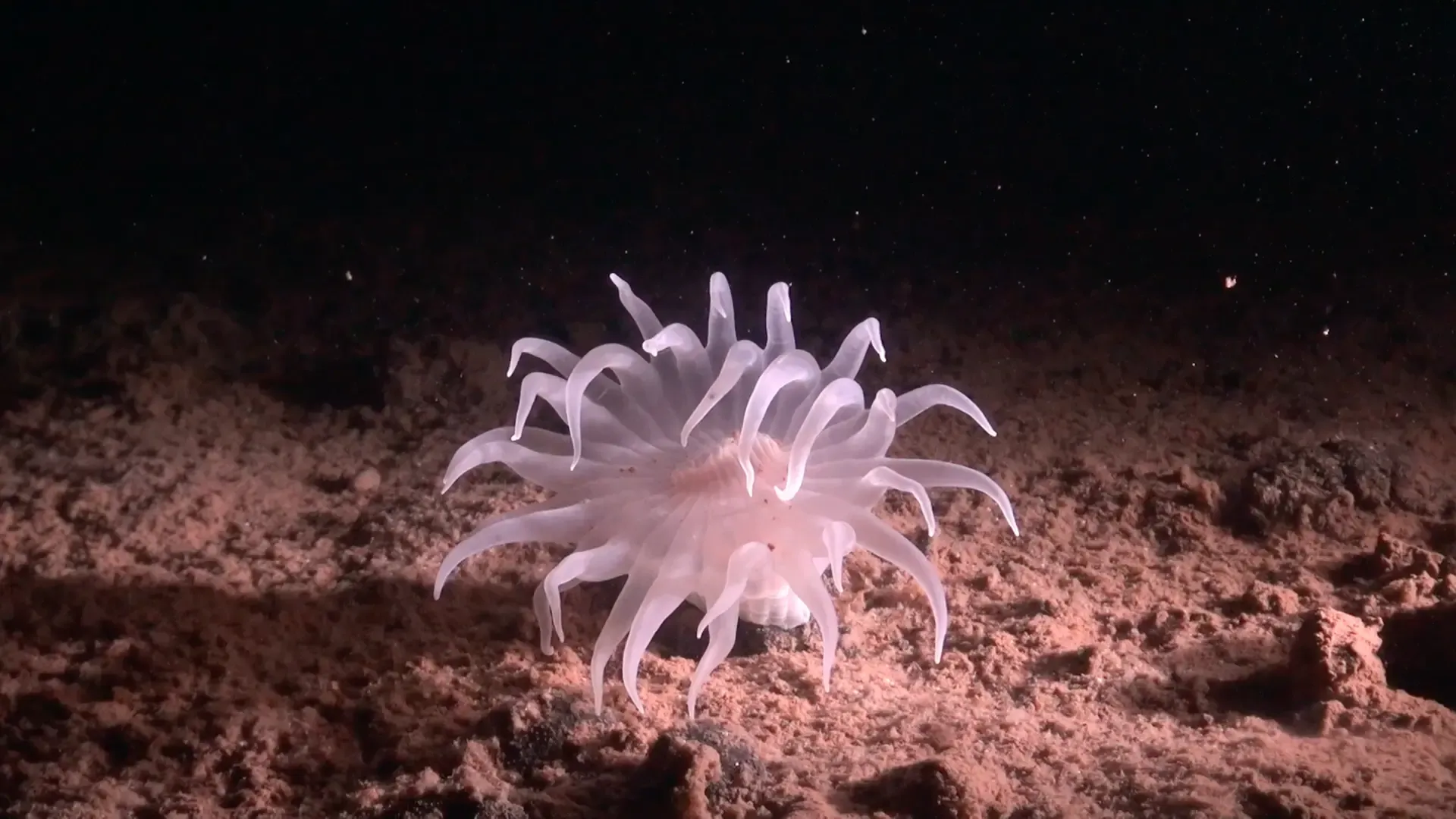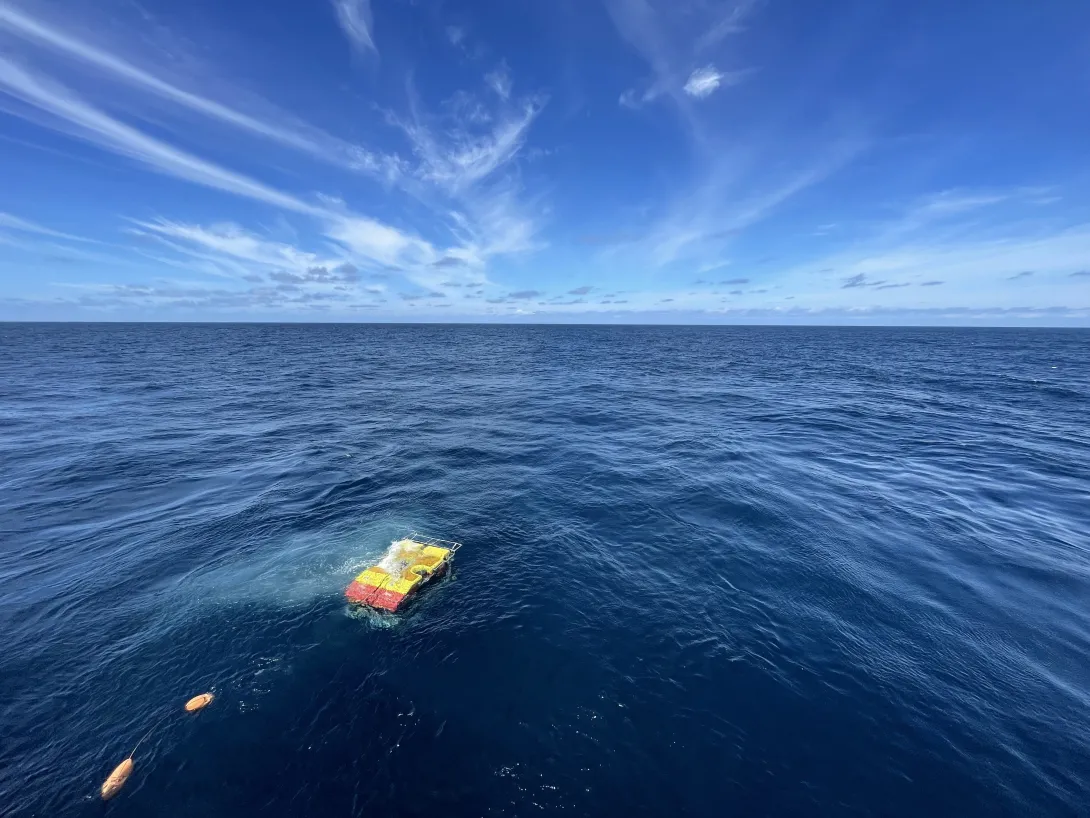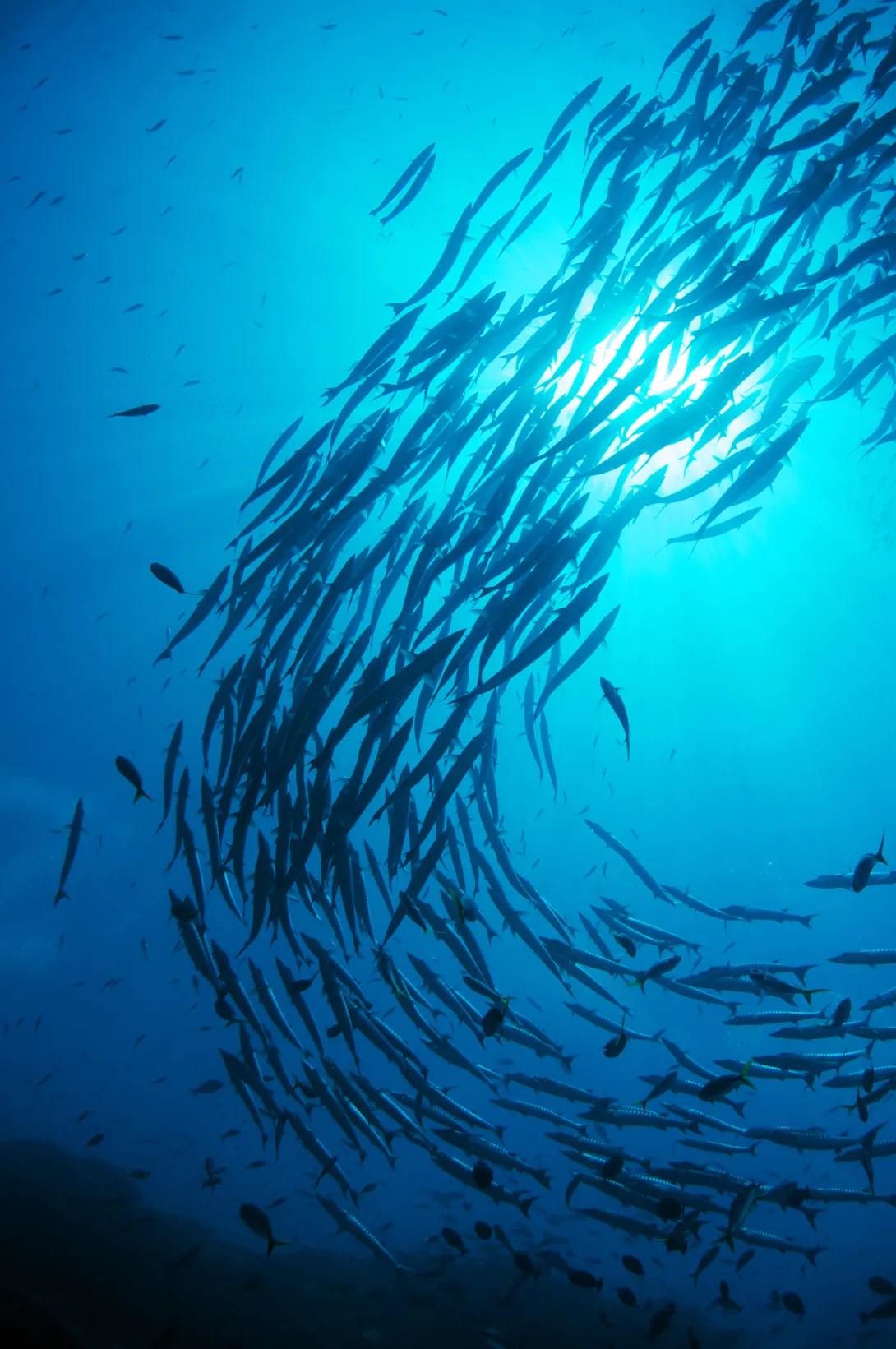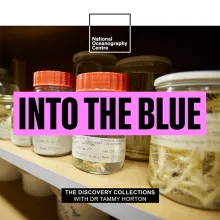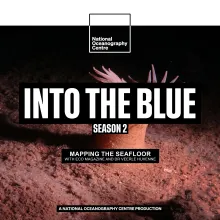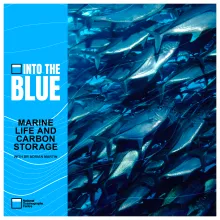Empowering and Maintaining Ecological Balance and Resilience
Marine biodiversity spans the full spectrum of life in our ocean, from microscopic plankton to great whales, and includes the genetic variation within species and the diversity of habitats which they depend. This rich variety underpins healthy, functioning ecosystems, sustaining intricate food webs and vital chemical cycles.
Yet marine biodiversity is under threat as never before. Climate change, pollution, overexploitation and habitat loss are putting ocean ecosystems under severe pressure, contributing to a global biodiversity crisis.
By making marine biodiversity one of our strategic priorities, the National Oceanography Centre is building the knowledge and evidence society needs to understand and reduce biodiversity loss. Our work underpins national and international commitments, including the Environment Act, the UN Decade of Ocean Science for Sustainable Development, the Global Ocean Treaty, and the Global Biodiversity Framework.
Our Biodiversity Aims
We are global leaders in long-term biodiversity monitoring, from individual species to whole ecosystems. By expanding our research into new regions and habitats, we are uncovering the processes that shape biodiversity on a planetary scale.
Using advanced tools, from autonomous systems and high-resolution imagery to molecular techniques, we can now collect and analyse biodiversity data at unprecedented detail and scale. Our internationally significant Discovery Collections preserve and share deep-sea specimens for science worldwide, while our research continues to describe new species from the ocean.
By combining these insights with cutting-edge modelling, we are improving predictions of how biodiversity will respond to a changing climate, providing robust, science-based forecasts to inform future decisions.
Our science already informs marine management, from environmental impact assessments to regional planning strategies. As the demand for practical solutions to safeguarding biodiversity grows, we are delivering research to support ecosystem restoration, biodiversity finance initiatives, and the development of new policy metrics.
These tools and approaches help decision-makers protect biodiversity while enabling the sustainable use of marine resources, striking the balance essential for a thriving ocean and society.
At its heart, our biodiversity work is about creating science with real-world impact, supporting a healthier ocean and a more sustainable future.
By integrating long-term monitoring, predictive modelling, and management approaches, we are shaping the next generation of marine biodiversity policy and practice. Our aim: resilient ecosystems, informed decisions, and an ocean that continue to sustain life for generations to come.
Learn from Biodiversity Leaders

Clarion Clipperton Zone Highlights
In 2024, a study co-led by NOC and the Natural History Museum visited the Clarion Clipperton Zone, a site of historic deep-sea mining, to investigate if recovery is possible and what impact remains 44 years after the machines left.
The international team of researchers found that mining has clearly caused long-term changes to the sediments, but the effects on the animals living at these depths are more variable.
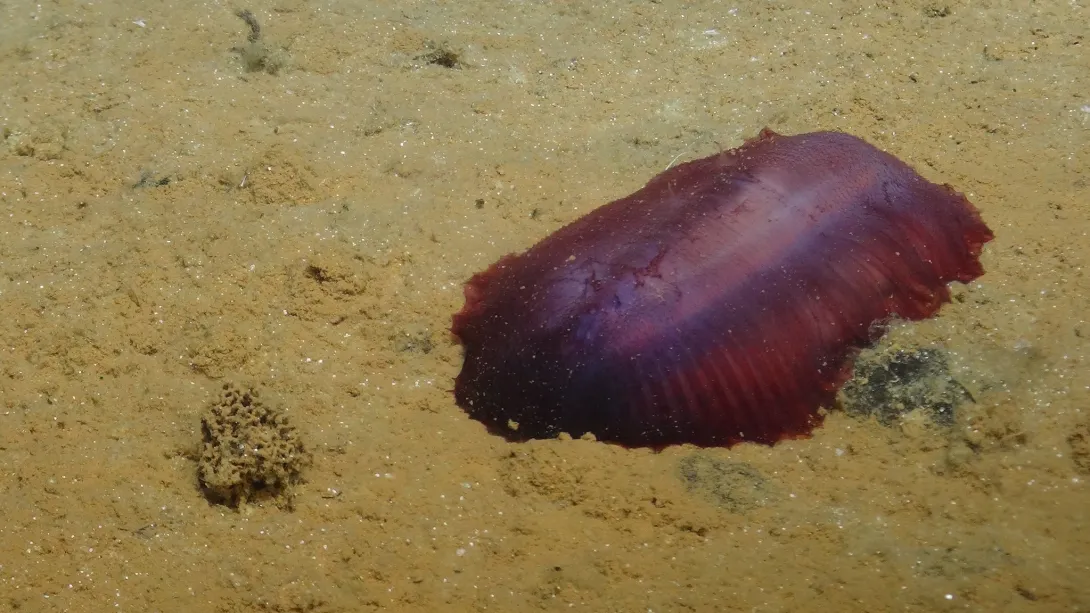
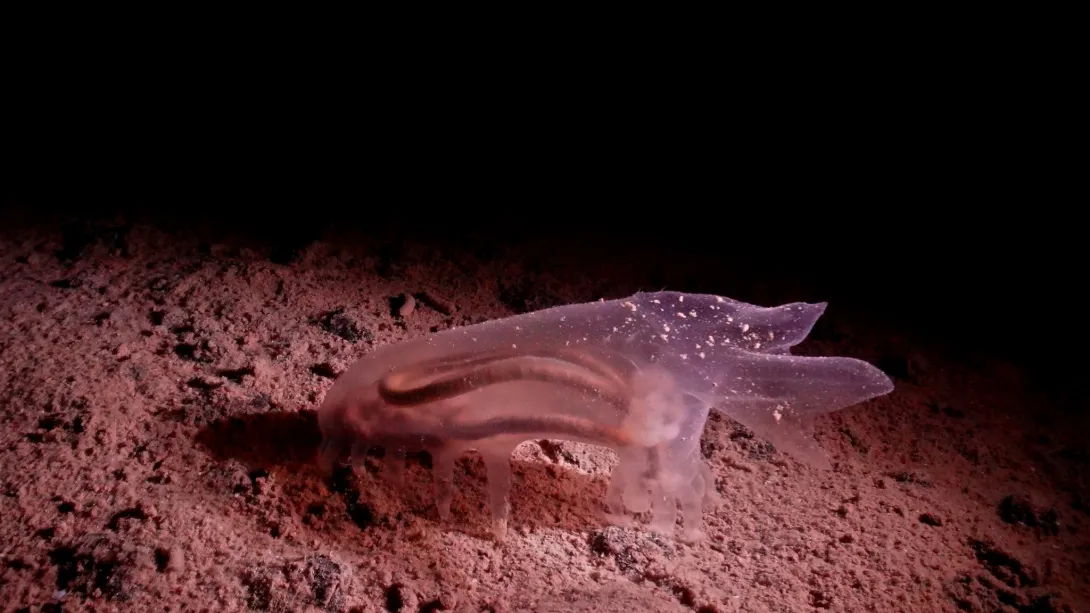
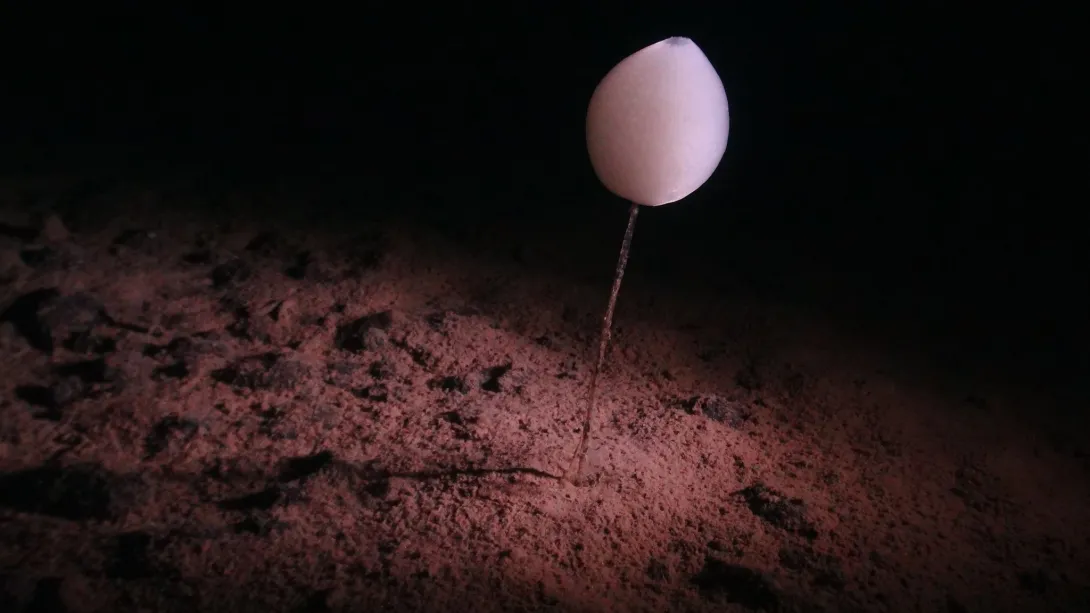
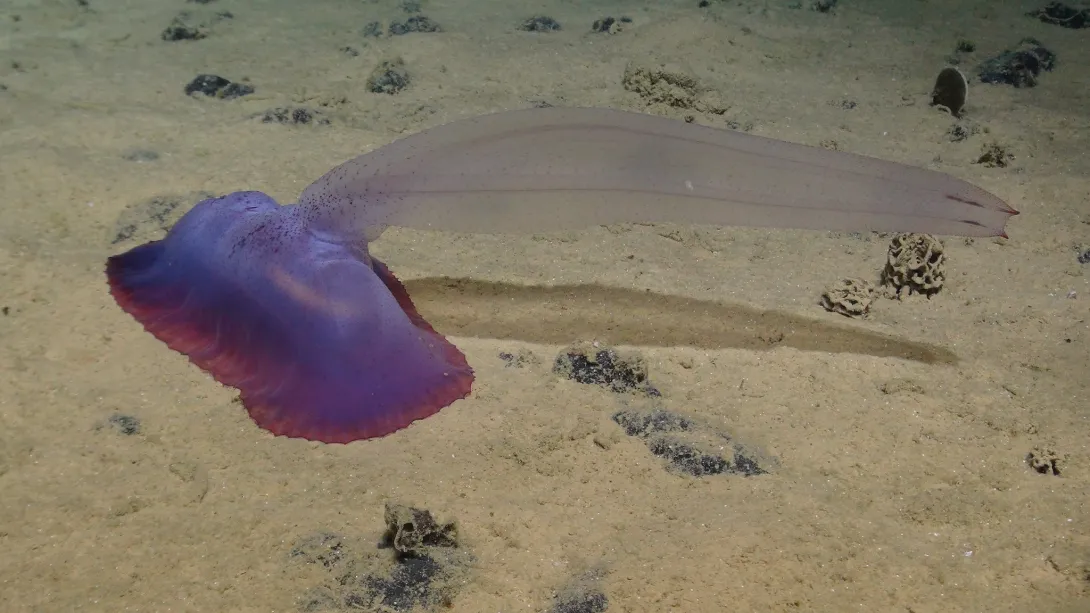



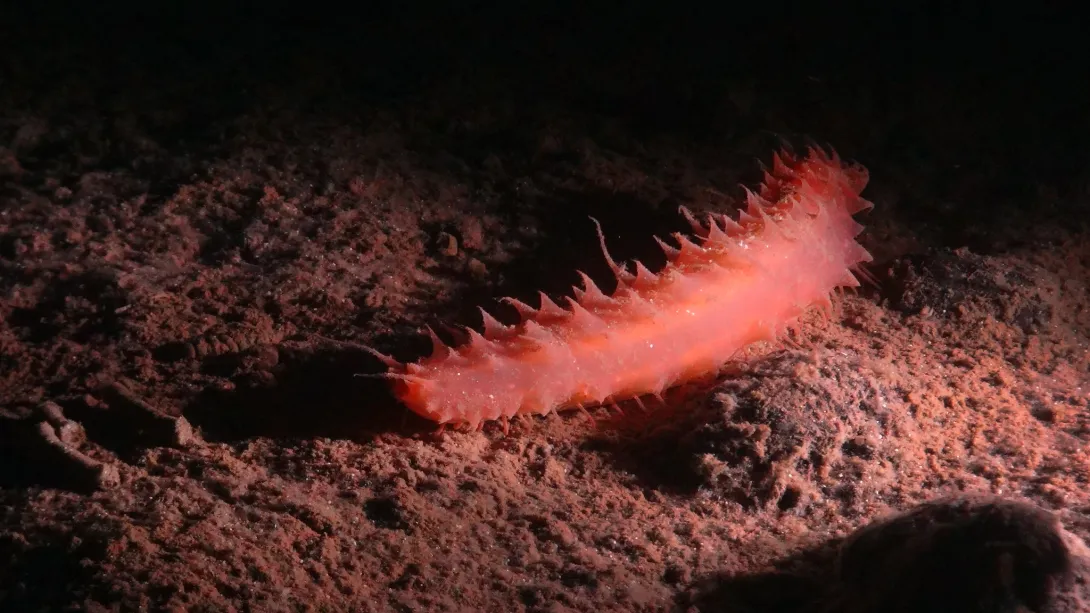
Key Publications and Papers
All images relating to the SMARTEX Expedition and Clarion Clipperton Zone are credited to National Oceanography Centre and Trustees of the Natural History Museum, with acknowledgement to the NERC SMARTEX project.


